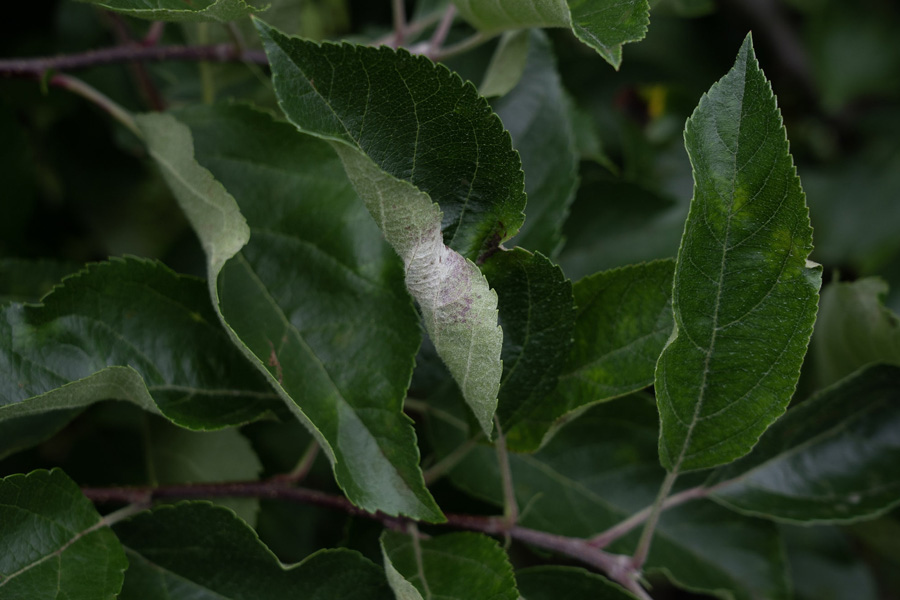For an industry which hasn’t had a lot of new chemistry to tackle powdery mildew, Property fungicide has been a beacon of light for orchardists.
Property fungicide cuts apple growers a break
It’s not easy out there right now, but Ryan Pierce, UPL NZ Ltd Regional Sales Manager Lower North Island, says there are some, albeit small, bright spots for orchardists.
Among them is the success of Property fungicide in the battle against powdery mildew control. “Property, which was introduced last season, takes a new tack particularly in resistance. And that’s a real breath of fresh air for an industry which has been starved of new chemistry.” He says there is no known fungicide resistance to pyriofenone, the active in Property from FRAC Group 50.
Flexibility with 65 days WHP
Ryan says the flexibility of the product is another bonus. “The withholding period is 65 days, which ensures that the key powdery mildew infection period is covered. That makes Property a powerful addition to any spray programme.”
Ryan says Property’s performance is well proven1, with excellent preventative activity. Property has a translaminar action moving through the leaves and resulting in distribution within the leaf surface, transferring from one side of the leaf to the other. Another of Property’s strengths is its vapour activity. Ryan says this ensures the active reaches all areas which could be infected by powdery mildew and where the tree most needs protection. “All leaf and fruit surfaces get covered.”
Serious and widespread apple disease
Powdery mildew (Podosphaera leucotricha) is a serious and widespread apple disease both in New Zealand and globally. Ryan says its impact on tree vigour and productivity can hit orchardists hard. Overwintering from the previous season, powdery mildew can spread quickly affecting shoot growth, leaves, and newly forming flower buds. Powdery mildew typically presents as a dense white fungus (mycelium), which compromises tree health and production by impacting photosynthesis and leaf vigour.
Powdery mildew can also be responsible for water and nutrient loss. In extreme cases, the pathogen can even cause stunted tree growth and russeting of the apples. Heavily infected trees can be vulnerable to secondary pathogens, which is another cost in yield, time, and resources that orchardists can well do without. Certain apple varieties, including Gala and Pink Lady, can be especially susceptible.
Property key in protectant programme
Ryan recommends applying Property as part of a protectant programme at 10 to 14 day intervals when conditions favour development of the disease, but also being vigilant. “Orchardists know what to look out for. Keeping an eye out over winter and the beginning of the growing season can help.” He says the shorter spray interval should be used when conditions are conducive to powdery mildew infection and/or there is rapid tree growth. He also notes, Property can only be applied twice per season.
Property has excellent rainfastness and is compatible with the insecticides and fungicides used most often in orchard spray programmes.
Coverage essential for best results
Because coverage is essential to Property’s efficacy, Ryan recommends the addition of Du-Wett Super-Spreader in low to medium water volumes. A non-ionic organosilicone surfactant blend, Du-Wett was developed specifically to enhance the spreading and foliage deposition. “It gets the best results, and it pays for itself. Anything orchardists can do to reduce waste, reduce fuel use and labour, and see improved efficacy is going to help their bottom line.”
Pruning for optimum light penetration and air circulation will also help with managing powdery mildew. “That includes thinking about any wind breaks – while still wanting to protect the apples.” Ryan adds that infected plant materials should not be composted or stored in piles. “That’s only going to compound any problem. It needs to be disposed of. Good orchard hygiene is absolutely essential.”
